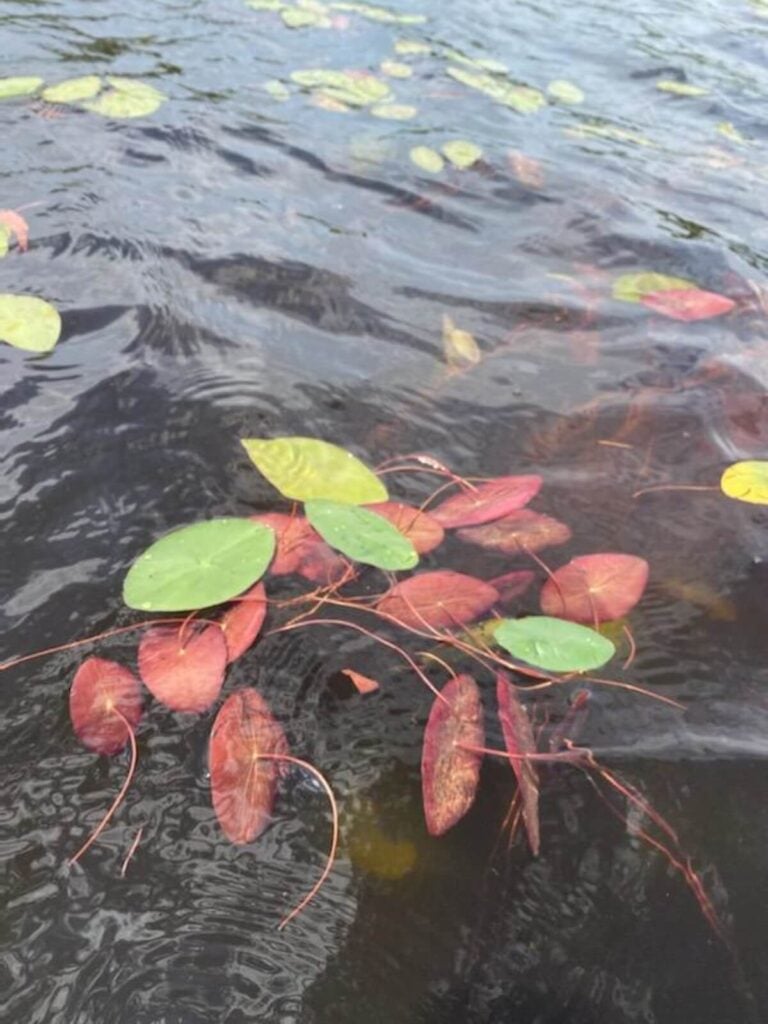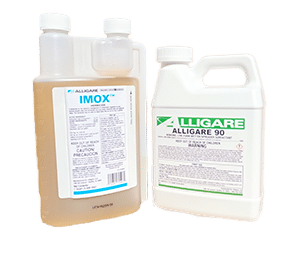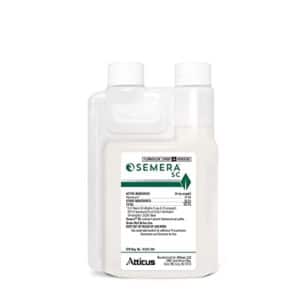
Control Watershield
Although watershield may resemble lilies to some, it is tougher to get rid of, especially once the gelatin-like coating forms on the bottom side of the leaves. The following options can be considered for how to control watershield.
Click here to read more about identifying this plant.
Manual/Mechanical Control:
If you are considering how to remove watershield, physically pulling this plant and digging up the roots can be a somewhat effective method of control. However, physical control can be difficult. Watershield can re-grow from any seeds or roots remaining in the water.
Herbicide Control:
There are multiple options for how to kill watershield that offer great or some control.
- Liquid 2, 4-D (for ponds or lakes) – liquid that is diluted with water and sprayed directly on the leaves and in the area. Most effective on treatment areas larger than a half-acre, this allows longer contact exposure time. This option offers the best control.
- Cattail and Water Lily Control (Imox + surfactant) (for ponds or lakes) – liquids that are mixed and diluted with water and sprayed directly on the leaves. Will be absorbed through the leaves and move down to the root system.
- Spritflo (for ponds with no outflow) – liquid that is poured and spreads throughout the entire body of water, offers extended control.
- Semera or Flumigard + surfactant (for ponds or lakes) – granules that are dissolved and mixed or liquids that are mixed and diluted with water and sprayed over the plants (early morning is best), fast acting.
Treatment Tips:
When treating watershield,
- Treat in early summer before the slimy gelatin coating develops on the leaves and stems. This gives the opportunity for the most product absorption.
- With Imox or other systemic herbicides, treatment is most effective when the plants are mature or close to full grown. This allows for more plant surface to spray enough mixture on.
- Treating in early summer will absorb more product because the gelatin coating is not blocking it. Because watershield plants are still growing, they are pushing energy up and out versus pulling the herbicide down to the roots.
- Treating in late summer to early fall will absorb less product due to the gelatin coating on the leaves and stems. At this time, plants are pulling energy into their roots to store for the winter and can pull the herbicide down as well.
- Spritflo can be used at the first signs of growth.
Recommended Products
-
2, 4-D Products
$62.00 – $391.00 -
Cattail & Water Lily Control
$143.00 -
Spritflo®
$119.00 – $1,799.00 -
Semera®
$74.00 – $449.00





